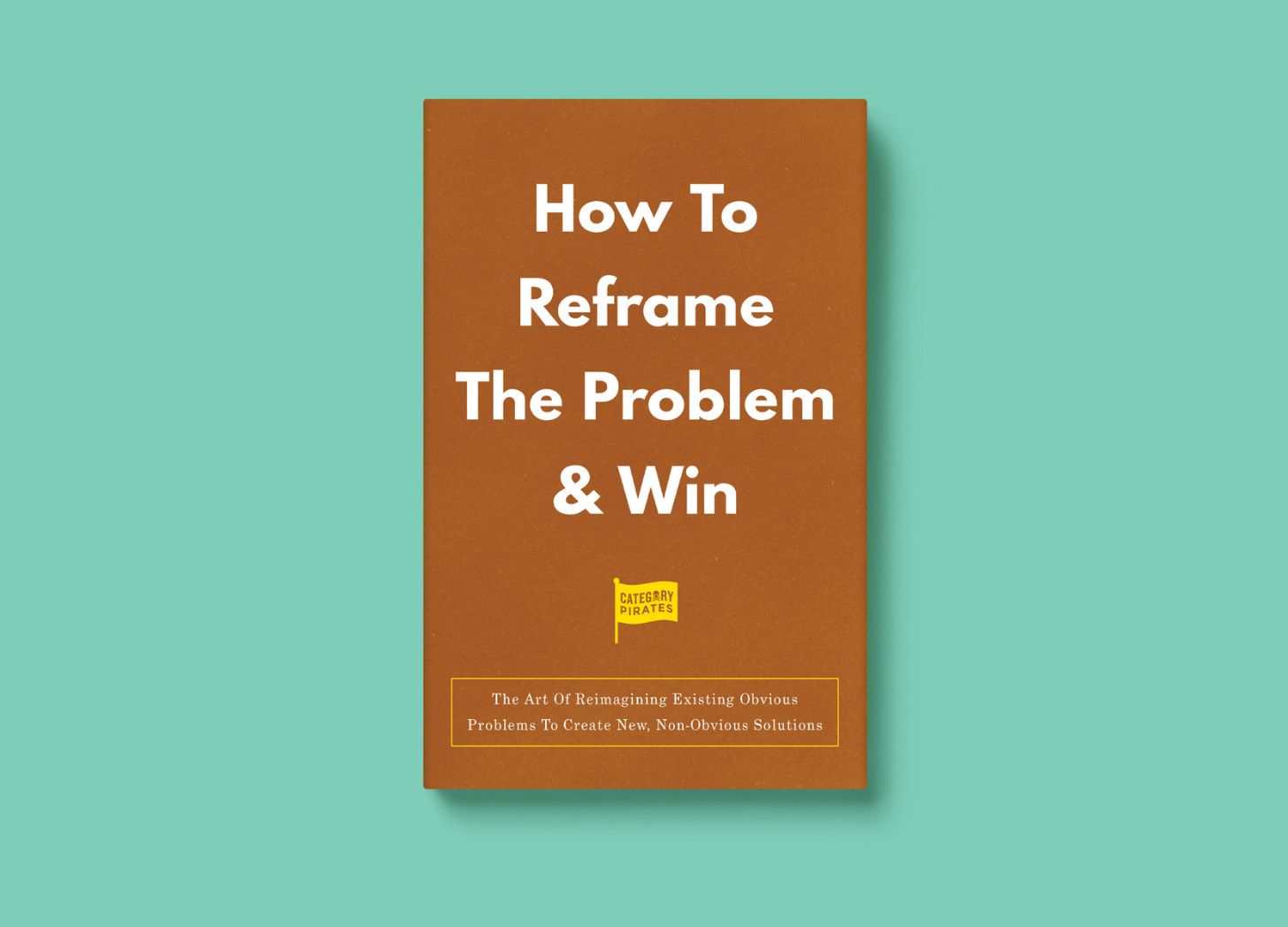How To Reframe The Problem & Win: The Art Of Reimagining Existing Obvious Problems To Create New, Non-Obvious Solutions
Ripping off the category leader only fortifies their dominance.
Arrrrr! 🏴☠️ Welcome to a 🔒 subscriber-only edition 🔒 of Category Pirates. Each week, we share radically different ideas to help you design new and different categories. For more: View the mini-book archive | Listen to a category design jam session | Dive into an audiobook | Enroll in the free Category Accelerator email course
Dear Friend, Subscriber, and Category Pirate,
Threads, the microblogging platform from Meta, set the record for the fastest-growing online platform in history by reaching 100 million users in five days.
It beat ChatGPT’s explosive growth.
It raced toward Twitter’s 200 million active users.
The media even proclaimed it the ‘Twitter Killer.’
Source: Reuters/NYPost
Source: CBS News
Source: Forbes (this is our favorite 🏴☠️)
But just weeks later, Threads’ daily active users dropped to 13 million (down about 70% from its peak), according to the market intelligence firm Sensor Tower. The average time people spent on the app fell from 19 minutes to 4 minutes. In contrast, about 200 million users continued to spend 30 minutes a day on Twitter.
So, Threads did what most companies do when faced with a flailing product.
It promised to add more features.
(Zuckerberg & Co. must not have heard about The Big Product Lie. ARRRR!)
Even worse, Zuckerberg made it clear Threads is Meta’s attempt to compete with Twitter. “I think there should be a public conversations app with 1 billion+ people on it,” Zuckerberg wrote in a Threads post. “Twitter has had the opportunity to do this but hasn't nailed it. Hopefully we will.”
Translation: “Meta’s strategy is to build a better Twitter-like product than Twitter. Because, of course, the best product wins.”
Now, Mark Zuckerberg is not a dumb person. He has created around $730 billion in market value. But he didn’t approach Threads from the category lens, even though he designed the Category King of social networks. (Just because you design a category once, doesn’t mean you are a true category designer and can do it again, but that’s a topic for another mini-book.)
This was a major mistake.
Now, he’s stuck fighting over existing demand and competing for daily active users. Views. Likes. The “public conversations” category.
Ripping off the category leader only fortifies their dominance.
And from time to time, the Category King strikes back.
(Thanks to the legendary Cole Schafer for reminding us of this ad. His Honey Copy newsletter is a must-read.)
This is why Twitter (now, X) CEO Linda Yaccarino punched back against Threads.
What’s really happening here is Threads is making the unconscious, unquestioned, unconsidered, undiscussed decision to carry its brand into Twitter’s category to try to convince the world that its product is “better.” It copied the problem Twitter solved (to promote and protect the public conversation) by saying its mission is “to enable positive, productive conversations.” And then it launched a “better” / Obvious solution.
Most companies and entrepreneurs make this mistake.
They enter a market that has an existing problem and a well-accepted existing solution. They then go up against the Category Queen (and everybody else) by creating an Obvious solution. They compete for a small sliver of market share. This drives the value and price of the category down, creating a race to the bottom.
(Red Bull Cola, anyone?)
If you want to create new and different solutions (aka, categories), you need a different approach.
Today's Solutions Are Tomorrow's Problems
You’ve heard us say a version of this in reference to solving breakthrough new problems.
This time, we're not talking about a breakthrough problem. We're talking about how to notice a fairly Obvious problem that, for one reason or another, nobody's paying attention to. An existing problem is, by definition, an Obvious problem. And, most of the time, an Obvious existing problem has an Obvious known solution.
Once you notice that problem, you can create a net-new category-defining solution to solve it.
Take the bicycle.
It was originally considered a revolutionary environmentally-conscious way to move around a city and keep fit. But people soon realized the streets were a gladiator arena, filled with hazards and potential accidents. In fact, we don’t know one person who regularly bikes who hasn’t been involved in some kind of accident (ourselves included).
Suddenly, biking became a problem.
But this problem created an opportunity for a new solution...












